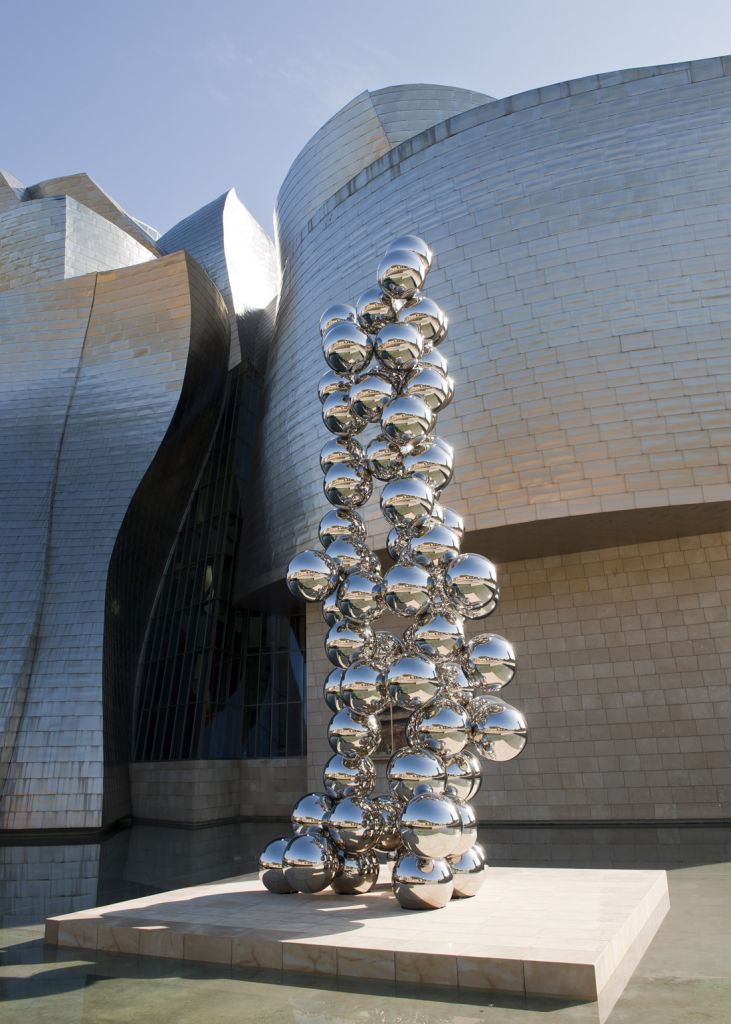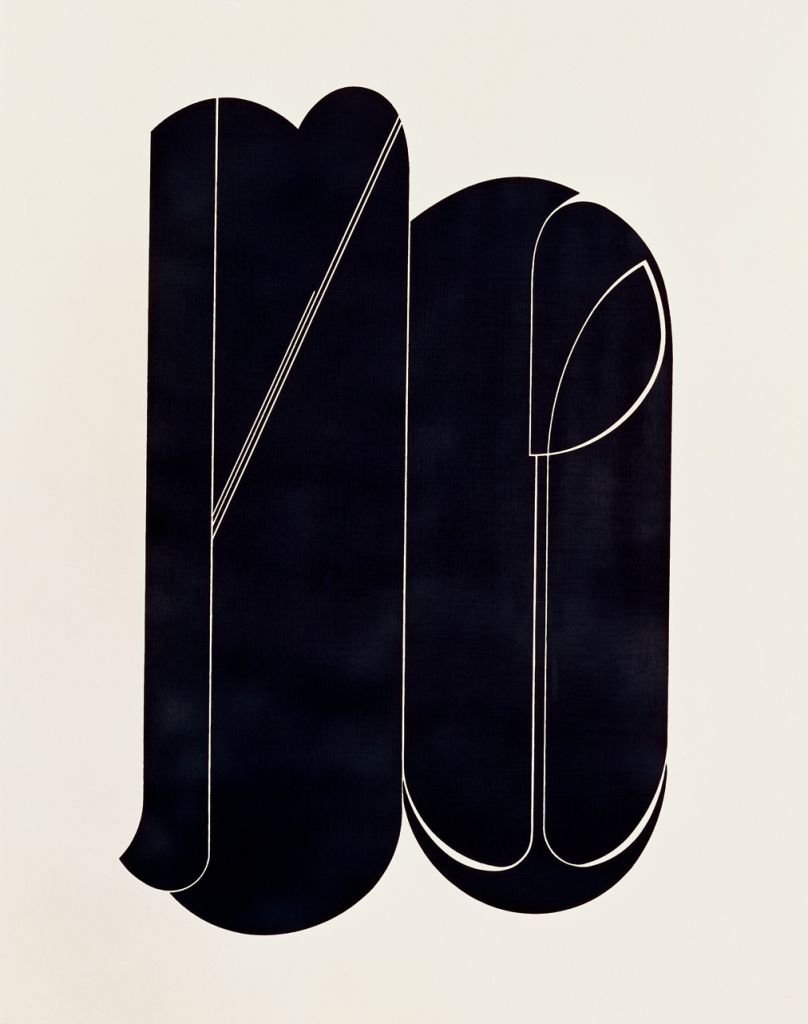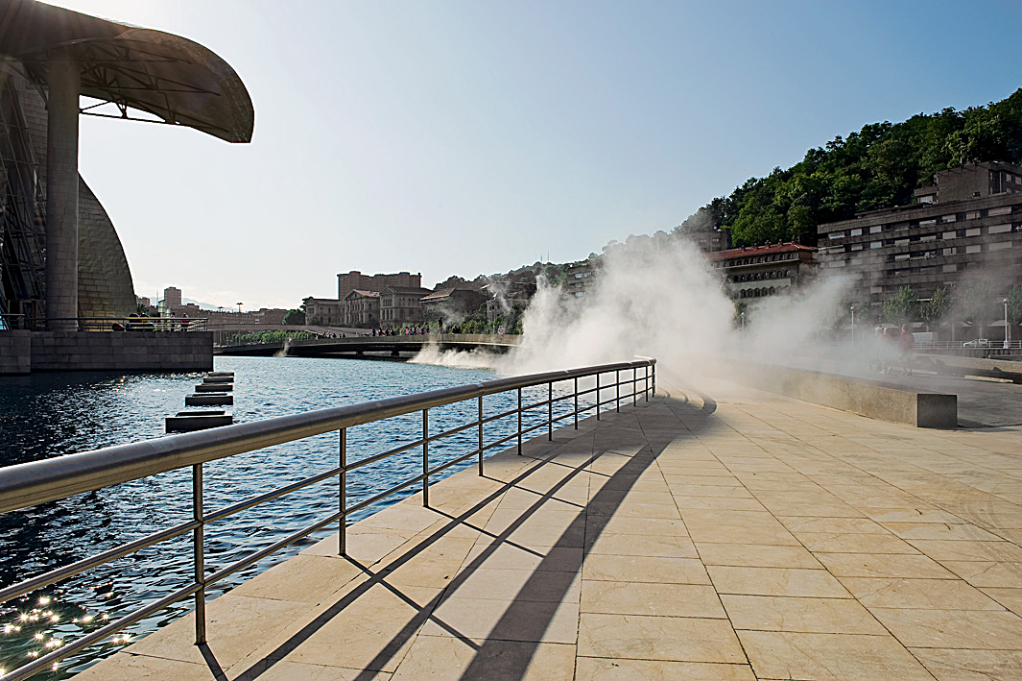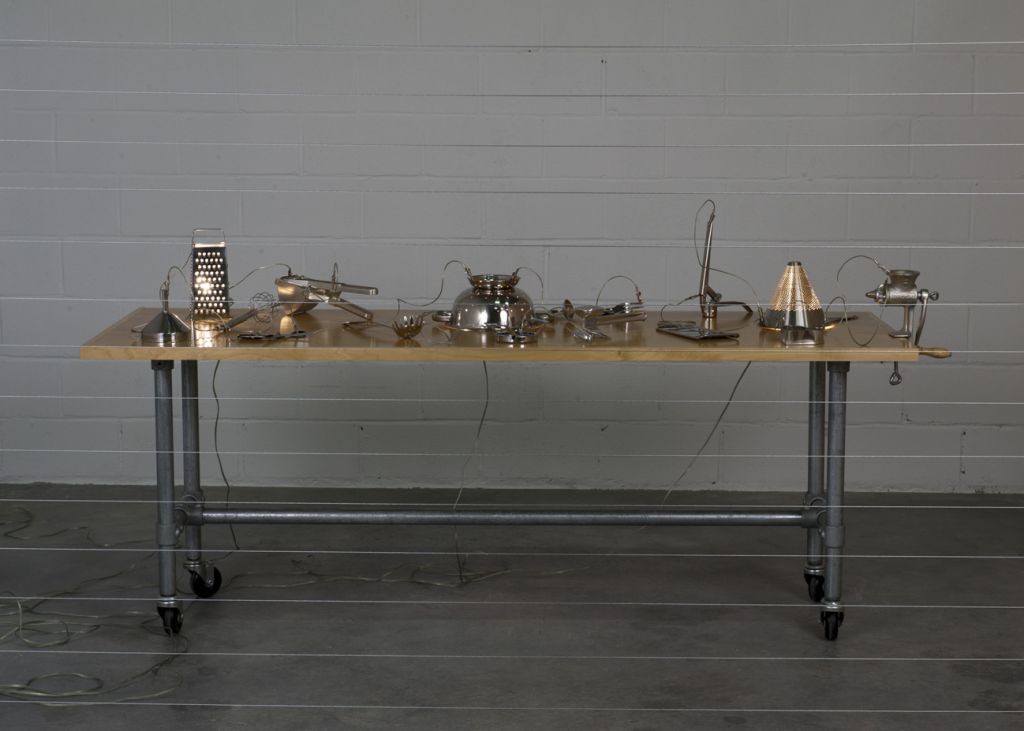Barge
1962–63Oil and silkscreen ink on canvas208 x 980.5 x 5.2 cm
Robert Rauschenberg has been identified as a forerunner of virtually every postwar American art movement since Abstract Expressionism, though he remained fiercely independent of any particular affiliation throughout his long career. At the time that he began making art, in the late 1940s, his belief that "painting relates to both art and life" presented a direct challenge to the prevalent modernist aesthetic. He achieved particular prominence in the mid- to late 1950s with his Combines, works that brought together real-world artifacts and abstract painting, thus subverting the firm division between painting and sculpture.
In 1962 Rauschenberg began using silkscreens to introduce existing images—from his own photographs to found images culled from popular media sources—into his paintings. During the preceding four years he had employed a direct-transfer technique to incorporate the contents of newspapers and magazines, including ads, images, maps, and comics, into his drawings; however, a visit to the studio of the then relatively unknown Andy Warhol in the summer of 1962 introduced him to the possibilities afforded by commercially available silkscreens. Whereas the transfer technique required that the transferred image be the same size as the original, silkscreening allowed Rauschenberg to transcribe images at a much greater scale, as well as to easily reuse them in varied contexts.
Barge, a single canvas measuring almost 10 meters in width, is the largest of Rauschenberg's Silkscreened Paintings. This monumental work in black, white, and gray incorporates many of the themes and images to which he returned repeatedly in his 79 Silkscreened Paintings, including the urban environment (water towers on a rooftop), space exploration and flight (a satellite, a rocket, radar dishes, mosquitoes, and birds), modes of transportation (a truck), and examples from art history (Diego Velázquez's The Toilet of Venus ["The Rokeby Venus"], 1647–51). Rauschenberg's use of recognizable popular imagery and a commercial technique led critics to identify him with other artists working in this idiom, such as Warhol. In comparison with the often coolly executed paintings of the Pop artists, however, Rauschenberg's works are emphatically gestural and handmade. In paintings such as Barge, an expressive quality results from the hand-painted areas, the collagelike overlays of photographic images, and the intentional slippages and irregularities introduced by the artist in the screening process.
Original title
Barge
Date
1962–63
Medium/Materials
Oil and silkscreen ink on canvas
Dimensions
208 x 980.5 x 5.2 cm
Credit line
Guggenheim Bilbao Museoa and Solomon R. Guggenheim Museum, New York, with additional funds contributed by Thomas H. Lee and Ann Tenenbaum; the International Director’s Council and Executive Committee members: Eli Broad, Elaine Terner Cooper, Ronnie Heyman, J. Tomilson Hill, Dakis Joannou, Barbara Lane, Robert Mnuchin, Peter Norton, Thomas Walther, and Ginny Williams; Ulla Dreyfus-Best, Norma and Joseph Saul Philanthropic Fund, Elizabeth Rea, Eli Broad, Dakis Joannou, Peter Norton, Peter Lawson-Johnston. Michael Wettach, Peter Littman, Tiqui Atencio, Bruce and Janet Karatz, Giulia Ghirardi Pagliai, 1997
Resources
Perspectives
Barge, by Robert Rauschenberg
Filmmaker Isaki Lacuesta and curator Lekha Hileman Waitoller discuss the similarities between film and painting as they contemplate Robert Rauschenberg’s Barge (1962–63), a huge storm of images from newspapers, magazines, ads, and comic books that mirror the chaos in the real world.






